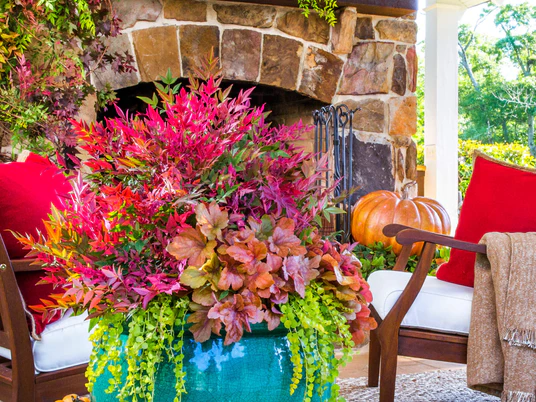Miss Frances Crepe Myrtle
Miss Frances Crepe Myrtle - 2.5 Gallon is backordered and will ship as soon as it is back in stock.
Description
Description
The Miss Frances Crepe myrtle is a captivating ornamental tree, blending allure and toughness to enhance any garden or landscape. This deciduous species is celebrated for its splendid deep red flowers that burst into bloom from mid to late summer. These radiant clusters create an eye-catching display that endures for a considerable duration. Its upright and gracefully arching branches are signature traits of the Miss Frances Crepe myrtle.
Upon reaching full growth, this crepe myrtle tree will reach a height of 15 to 20 feet and spread out 10 to 15 feet.
When choosing a location for your Crepe myrtle tree, consider its striking red blooms. This versatile tree is ideal for various settings, whether as a standout specimen tree, lining streets and driveways, or clustered in groups. Additionally, certain Crapemyrtle varieties are well-suited for container planting, offering flexibility in garden design.
Miss Frances Crapemyrtle Care
Miss Frances has proven resilient in USDA zones 7-9, capable of enduring temperatures ranging from 0° to 30° F.
This variety of Crepe Myrtle thrives in almost any moist yet well-drained soil. To ensure optimal blooming and robust growth, a minimum of 6 hours of direct sunlight each day is needed to provide optimal opportunity for growth.
*The Miss Frances Crepe myrtle is a deciduous/semi-evergreen plant that will go dormant during winter. Therefore, if you order this plant in the fall or winter, expect seasonal foliage decline (discoloration, spots, leaf drop) or the plant to arrive completely dormant.
Watering and Pruning Miss Frances Crepe myrtle Trees
Regular watering is essential, especially during the first growing season to establish a deep, extensive root system. Once established, they are relatively drought-tolerant, but it's important to maintain a consistent watering schedule during prolonged dry periods.
Pruning should be done in late winter or early spring before new growth begins. Light pruning to shape the tree can also be performed, but it's crucial to avoid heavy pruning, as this can lead to excessive shoot growth and reduce flowering. The goal is to maintain the tree's natural form while promoting healthy growth and abundant blooms.
Mulching and Fertilizing Miss Frances Crepe myrtle
Apply a 2-3 inch layer of mulch around the base of the Crepe myrtle. Be sure to leave some space around the trunk to prevent moisture buildup, which can lead to rot or fungal diseases.
Use a balanced, slow-release fertilizer that's formulated for flowering trees and shrubs. A formula with a higher phosphorus content can encourage better blooming. Apply fertilizer in early spring as new growth appears. Follow the manufacturer’s instructions regarding the amount and frequency.
- Mulching helps retain soil moisture, regulate soil temperature, and suppress weed growth. It also adds an aesthetic finish to the garden bed and contributes to the overall health of the Crapemyrtle.
- Use organic mulch like shredded bark, pine straw, or compost. These materials break down over time, adding nutrients to the soil.
- Apply a 2-3 inch layer of mulch around the base of the Crapemyrtle. Be sure to leave some space around the trunk to prevent moisture buildup, which can lead to rot or fungal diseases.
- Refresh the mulch layer annually or as needed, typically in the spring or fall.
Care & Use
Care & Use
Spacing Recommendations
Spacing Recommendations
-
Scientific Name
-
Hardiness Zone7, 8, 9
-
Sun ExposureFull Sun to Part Shade
-
Evergreen or DeciduousDeciduous
-
FeaturesAttracts Birds / Butterflies, Drought Tolerant, Fast Growth, Flowering, Heat Tolerant, Sun Loving
-
Feature ColorRed
-
UsesAccent, Container, Hedge, Specimen, Xeriscaping
-
Water NeedsMedium
-
Bloom SeasonSpring, Summer
Growing Zones : 7, 8, and 9


Southern Living Plants





